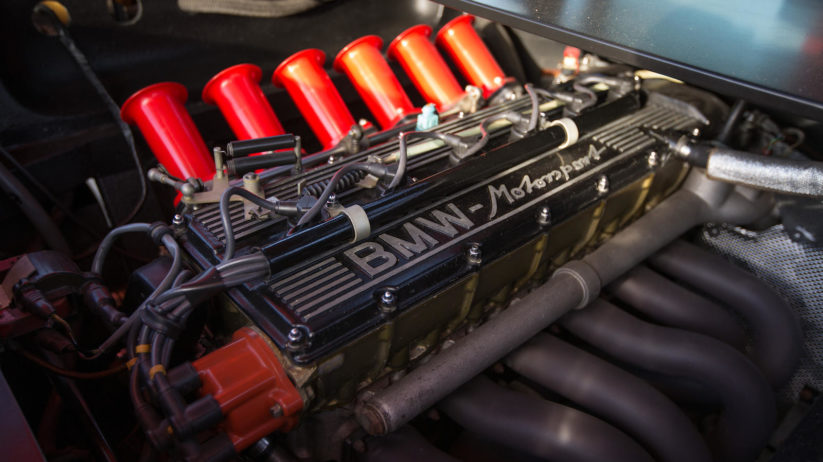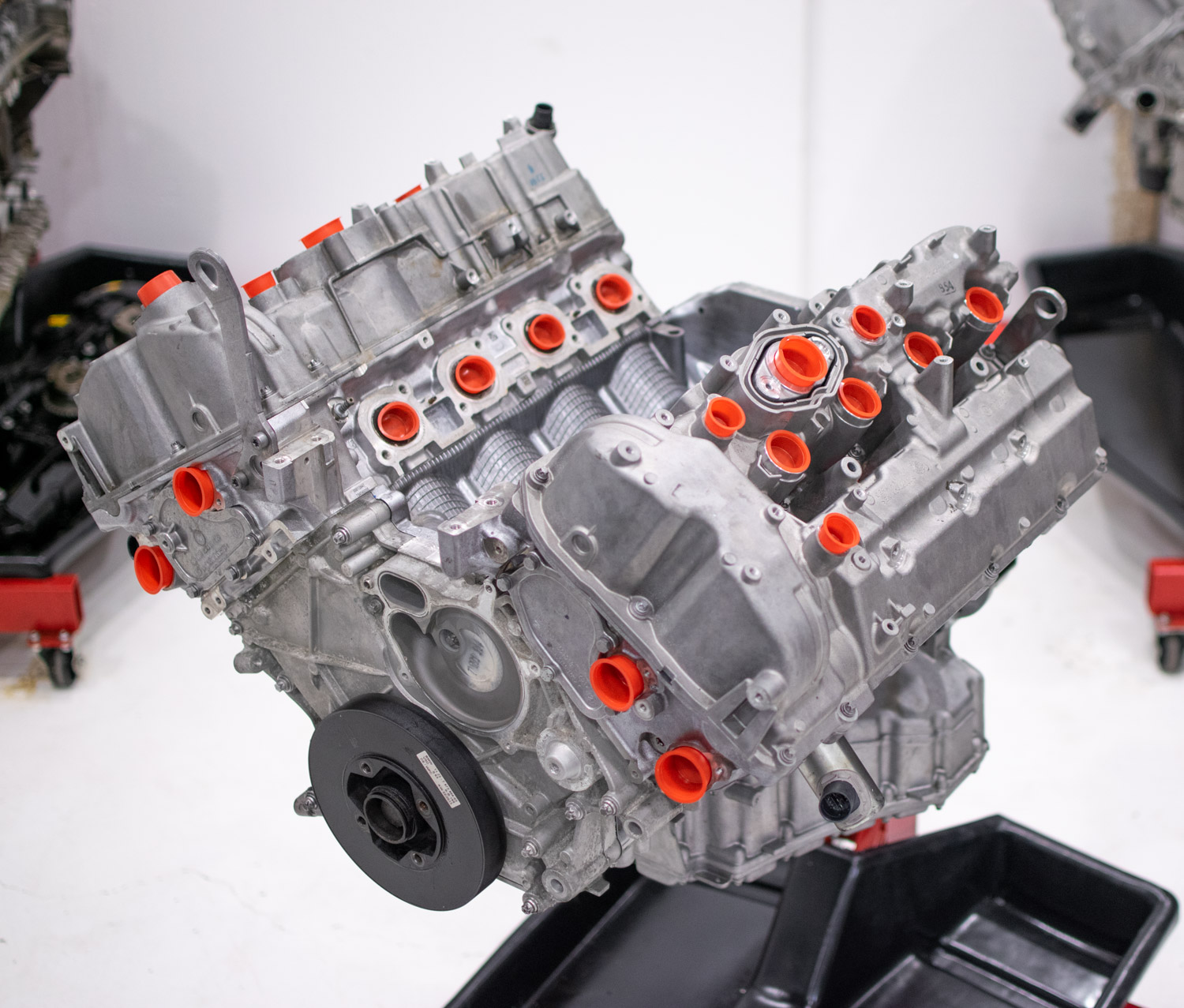Leading 5 BMW Engine Technologies Reinventing the Automotive Sector
Wiki Article
Checking Out the Advancement of Burning Engines in Modern Transportation Equipments
As we browse the landscape of modern transport, the development of burning engines stands as a testament to human ingenuity and design expertise. The interaction of history, innovation, and environmental issues in forming the trajectory of burning engines creates a narrative that is both informative and engaging.Very Early Beginnings of Combustion Engines
Exactly how did the concept of burning engines first arise in the beginning of transport advancement? The roots of burning engines can be mapped back to the 17th century when the concepts of interior combustion were very first explored. In 1673, Christian Huygens conceived a standard internal burning engine that used gunpowder to generate power. It had not been till the late 19th century that useful applications of combustion engines in transportation began to arise.The development moment featured the invention of the initial successful gasoline-powered engine by Karl Benz in 1885 - bmw engine. This engine paved the way for the growth of the contemporary automobile, revolutionizing transport systems worldwide. Subsequent technologies by Nikolaus Otto and Gottlieb Daimler even more improved combustion engine innovation, causing the mass manufacturing of vehicles and the rapid expansion of the transportation market
These early burning engines were identified by their simplicity and performance, laying the foundation for the complicated and effective engines made use of in modern transport systems. The advancement of burning engines has actually been instrumental fit the means we take a trip and deliver items, noting a considerable milestone in the background of transport development.
Shift to Internal Combustion Modern Technology
The transition to inner burning innovation marked a crucial change in the evolution of transportation systems. This shift began in the late 19th century, with developers like Nikolaus Otto and Gottlieb Daimler developing the first effective internal burning engines. These engines transformed transportation by supplying a more powerful and reliable alternative to vapor engines and electric motors.Among the vital benefits of interior burning engines was their capability to be reduced to match vehicles, resulting in the advancement of bikes and vehicles. This shift from large, stationary engines to compact, mobile ones led the method for the contemporary transport systems we see today.
The shift to inner combustion innovation also spurred improvements in fuel technology, causing the development of fuel and diesel as primary fuel resources for cars. This change not just made transportation extra available to the masses however also laid the structure for the oil and gas market to come to be essential to global economies.
Impact of Combustion Engines on Transport
The adoption of burning engines in transport systems catalyzed a profound shift in the performance and rate of global wheelchair. Burning engines revolutionized transport by offering a functional and reputable resource of power for numerous cars, including cars, vehicles, airplanes, and ships. This advancement considerably enhanced the capability for goods and people to conform cross countries in much shorter period, leading to raised connectivity between regions and countries.In addition, the prevalent usage of burning check my blog engines has actually had a substantial influence on economic development. The capability to carry items successfully has spurred profession and commerce, allowing services to expand their markets and get to customers worldwide. This has helped with economic growth and globalization, as items can currently be carried much faster and in bigger quantities than in the past.
Nonetheless, the ecological impact of combustion engines can not be ignored. The burning of nonrenewable fuel sources has caused air pollution and greenhouse gas discharges, contributing to climate adjustment and presenting health and wellness threats to populations. bmw engine. Consequently, there is a growing emphasis on developing alternate propulsion modern technologies to alleviate these negative effects and create a much more sustainable future for transportation
Advancements in Combustion Engine Design
Countless improvements in burning engine design have thrust the development of transportation systems over the years. One noteworthy advancement is the growth of turbocharged engines, which use try these out exhaust gases to drive a generator that presses inbound air, enabling more gas to be burnt, causing boosted power outcome without a significant rise in engine dimension. Additionally, straight injection modern technology has actually improved fuel performance and performance by specifically controlling the quantity and timing of fuel injected into the combustion chamber. Variable valve timing systems have actually additionally revolutionized engine layout by maximizing air movement at various engine rates, improving both power and efficiency. An additional substantial development is the combination of lightweight products such as carbon fiber and light weight aluminum alloys, decreasing total engine weight and improving vehicle gas economic climate. Innovations in computer-aided layout have actually allowed engineers to maximize engine performance and performance with simulations before physical prototypes are constructed, conserving time and sources in the advancement procedure. These developments jointly add to the constant enhancement of burning engines in modern-day transportation systems.Future Trends in Burning Engine Advancement
With modern technology advancements driving continuous innovation, the future of burning engine development is poised to revolutionize transportation systems around the world. Among the vital trends in combustion engine development is the push in the direction of greater effectiveness and lowered discharges. Makers are spending greatly in research study and growth to enhance engine efficiency while satisfying strict environmental regulations. This consists of the assimilation of sophisticated gas shot systems, enhanced turbocharging techniques, and making use of light-weight materials to maximize gas usage and decrease carbon exhausts.An additional popular trend is the fostering of crossbreed next page technologies in combustion engines. Crossbreed engines combine conventional combustion technology with electrical power, offering boosted fuel effectiveness and reduced discharges. As the vehicle market shifts in the direction of electrification, hybrid combustion engines are seen as a transitional option that bridges the gap between traditional lorries and completely electric ones.
Additionally, the assimilation of wise modern technologies, such as fabricated intelligence and data analytics, is expected to play a substantial role in the future of combustion engine development. These technologies can maximize engine efficiency in real-time, resulting in much more effective burning procedures and boosted general automobile performance. Accepting these future fads will certainly not just drive technology in combustion engine advancement but also add to an extra sustainable and ecologically pleasant transport ecosystem.

Final Thought
In final thought, the advancement of combustion engines in contemporary transport systems has actually been marked by considerable improvements in technology and design. From the early starts of burning engines to the shift to interior combustion technology, these engines have had an extensive influence on transportation.The origins of combustion engines can be mapped back to the 17th century when the concepts of internal combustion were very first discovered. These engines reinvented transportation by using a more effective and effective choice to vapor engines and electrical motors.

Report this wiki page